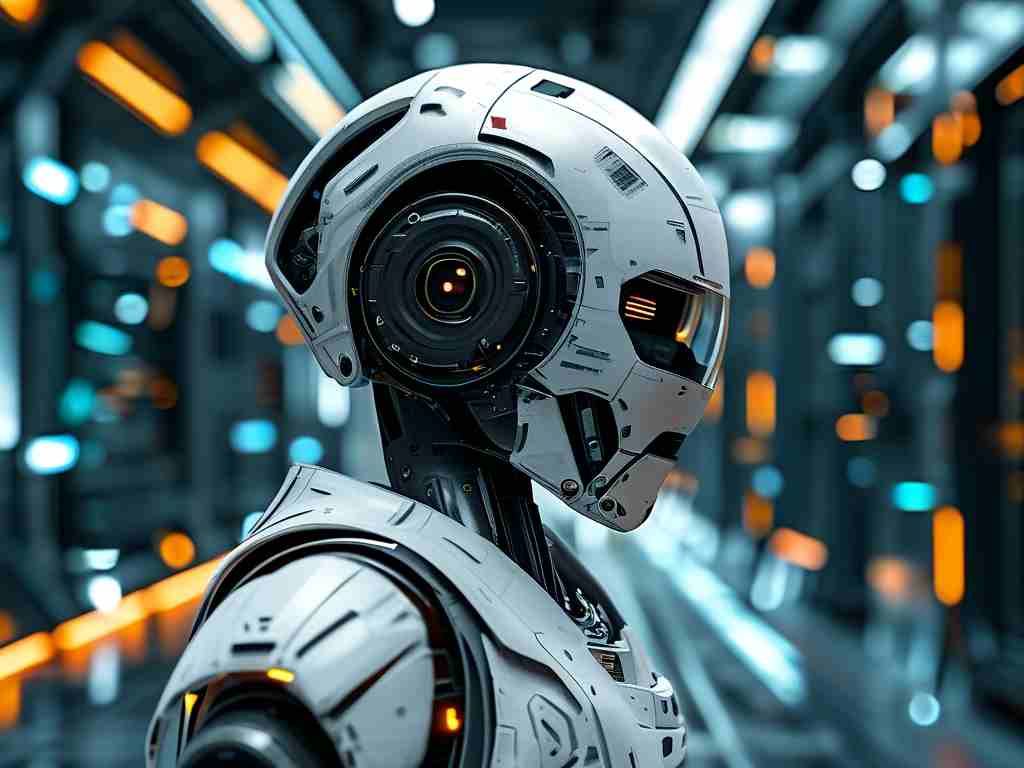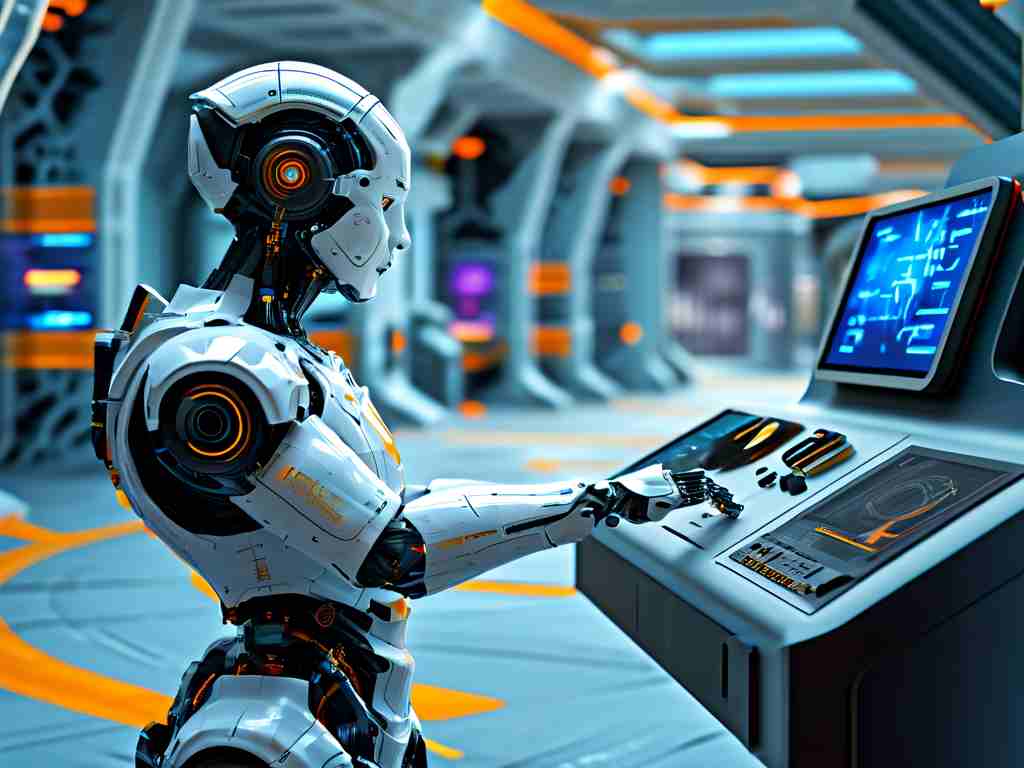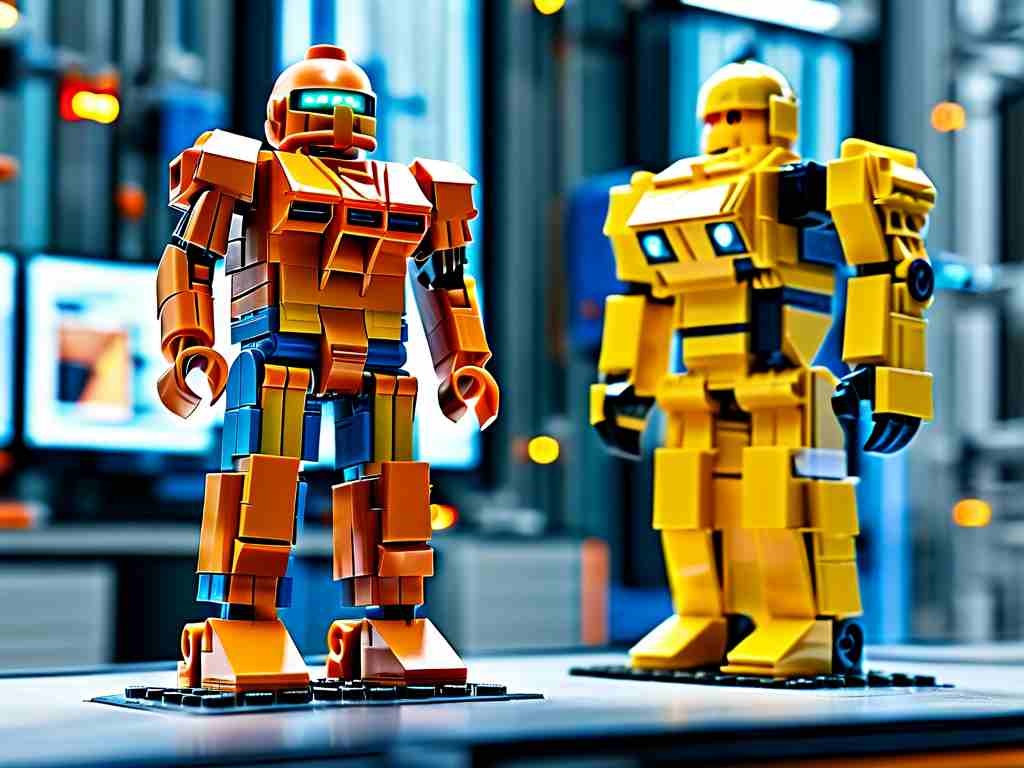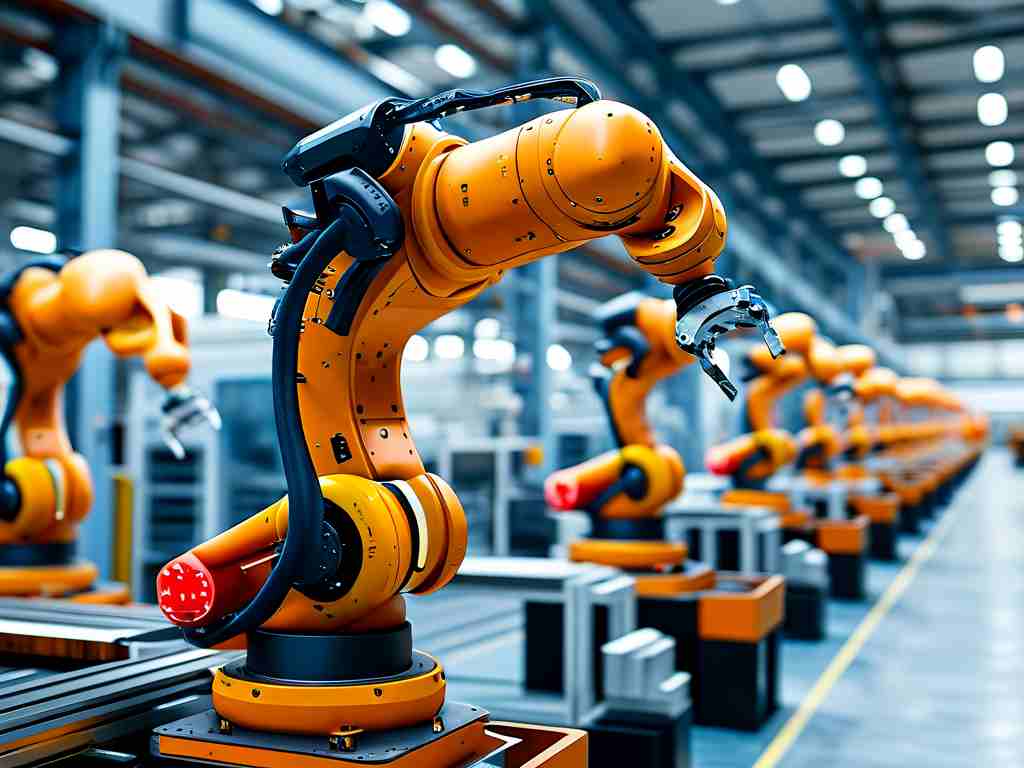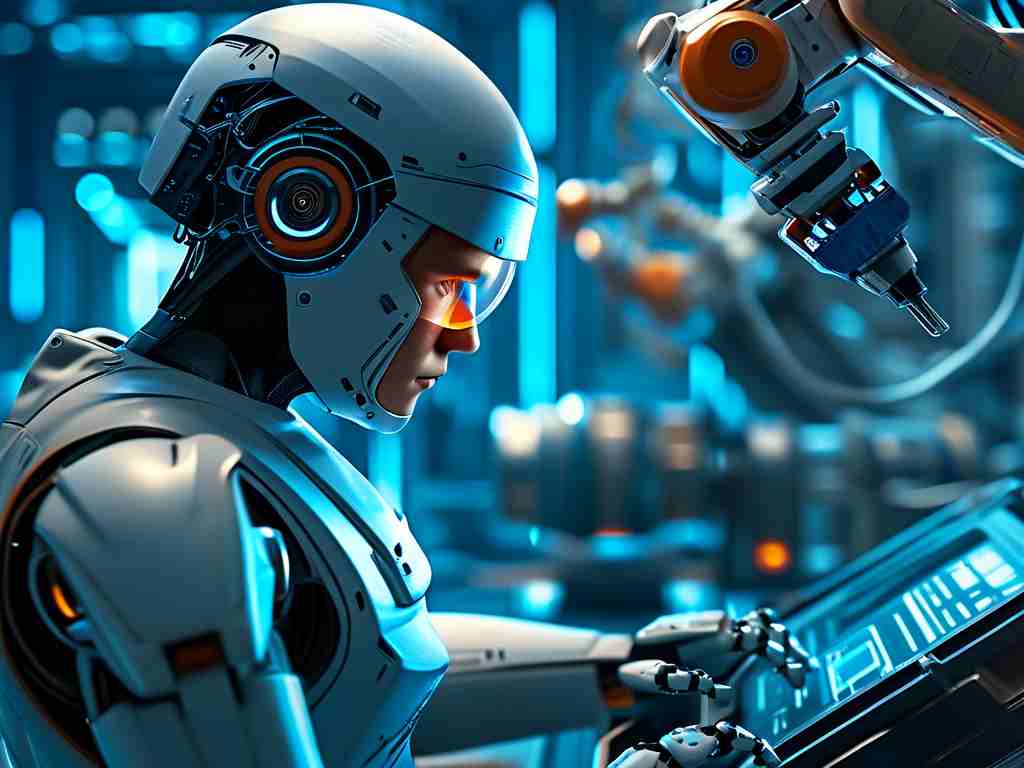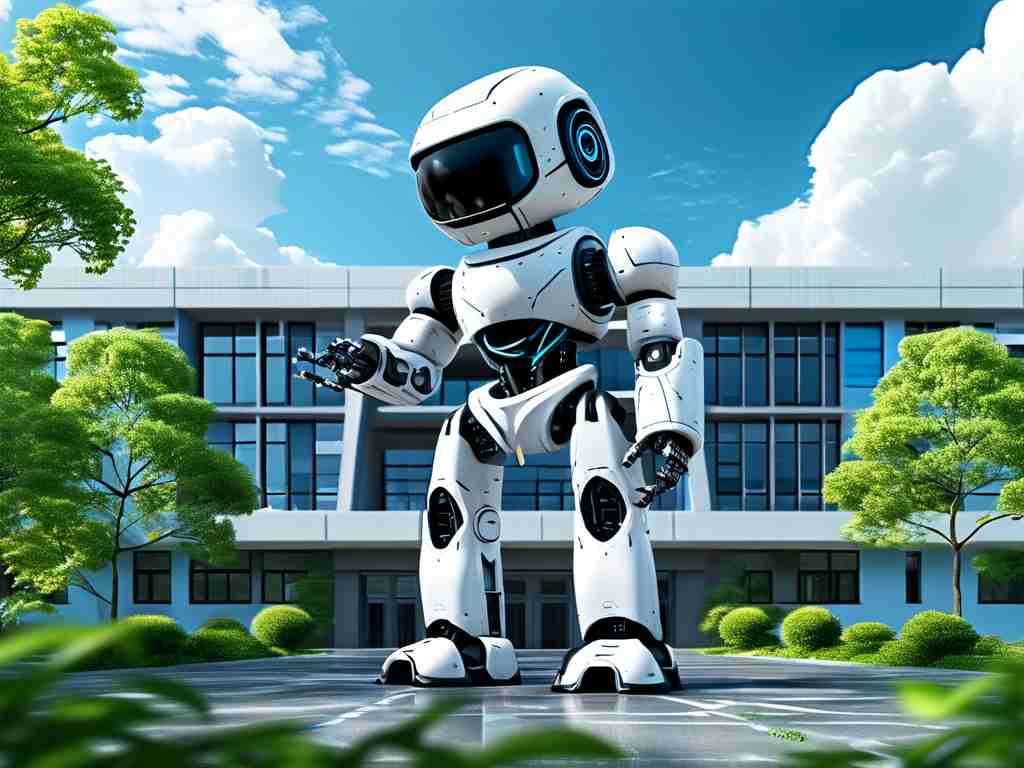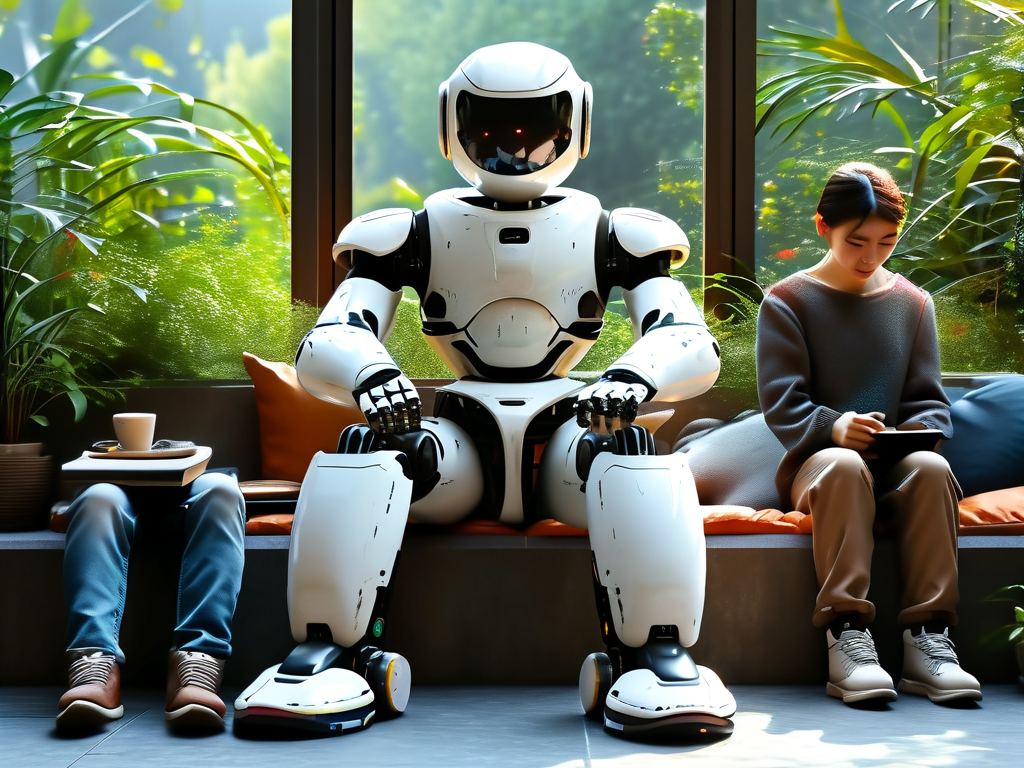The world of LEGO robotics has evolved far beyond simple brick-building play. Today, it represents a structured pathway for learners to develop technical proficiency, problem-solving skills, and creativity. This article explores the tiered system of LEGO robotics technology, examining how each level builds foundational knowledge while preparing enthusiasts for advanced engineering challenges.
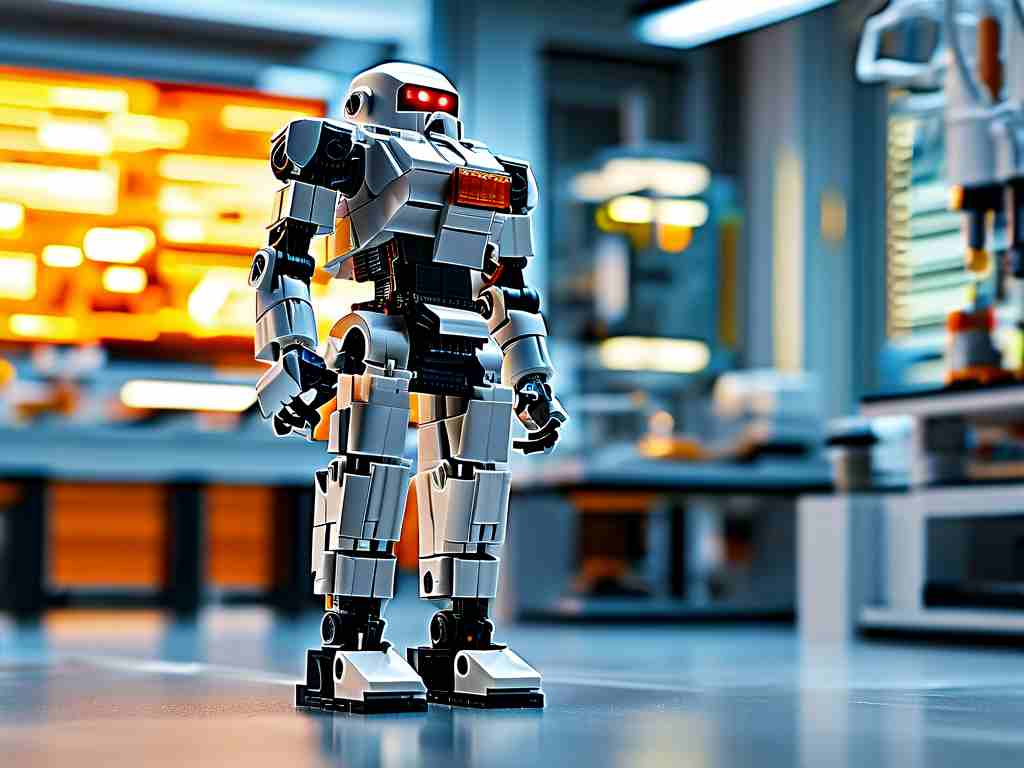
Foundational Level: Entry into Mechanics
At the introductory stage, LEGO robotics focuses on basic mechanics and logical thinking. Kits like LEGO® Education SPIKE™ Essential target young learners (ages 6–10) with snap-together components and drag-and-drop coding interfaces. Projects at this tier emphasize cause-and-effect relationships—for example, programming a motorized fan to spin when a motion sensor detects nearby activity. These activities cultivate spatial awareness and introduce computational concepts without overwhelming users with complexity.
A key feature of foundational kits is their emphasis on storytelling. By integrating narrative-driven challenges—such as designing a vehicle to rescue stranded characters—learners develop empathy alongside technical skills. This dual focus ensures that robotics becomes a tool for holistic education rather than isolated technical training.
Intermediate Level: Bridging Hardware and Software
The intermediate tier (typically for ages 11–14) introduces modular robotics systems like LEGO MINDSTORMS® EV3. Here, users encounter more sophisticated sensors—gyroscopes, ultrasonic rangefinders, and color detectors—paired with text-based coding options. A hallmark project might involve creating a self-navigating robot that maps room layouts using sensor feedback while avoiding obstacles.
This phase emphasizes system integration. Learners discover how mechanical design impacts software requirements—for instance, adjusting gear ratios to optimize a robot’s speed versus torque. Competitions like FIRST® LEGO League challenge participants to solve real-world problems, requiring teams to prototype solutions under time constraints. Such experiences mirror professional engineering workflows, teaching project management and iterative design.
Advanced Level: Specialization and Customization
At the expert tier (ages 15+), LEGO robotics intersects with professional-grade tools. Platforms like LEGO® Technic™ allow integration with third-party hardware—Arduino microcontrollers or Raspberry Pi boards—enabling custom sensor networks and IoT applications. Advanced users might develop a warehouse automation system combining multiple robots, machine vision, and wireless communication protocols.
This level encourages specialization. Some enthusiasts focus on competitive robotics, refining algorithms for precision tasks like object sorting. Others explore artistic applications, programming kinetic sculptures that respond to environmental inputs. Open-source communities play a crucial role here, with platforms like GitHub hosting shared code libraries for complex maneuvers like PID-controlled balancing mechanisms.
Educational Implications
The tiered structure of LEGO robotics aligns with Bloom’s Taxonomy of learning objectives. Early stages emphasize remembering and understanding, while advanced tiers require evaluating and creating. Schools adopting this framework report improved STEM retention rates, particularly among students who thrive in hands-on environments.
Moreover, the scalability of LEGO systems supports inclusive learning. Educators can adapt projects for varied skill levels within a single classroom—a concept demonstrated by the LEGO® Learning System’s modular curriculum. For instance, while some students program basic obstacle avoidance, others might implement machine learning models to improve navigation efficiency.
Future Directions
Emerging technologies are reshaping LEGO robotics. The integration of AI-powered coding assistants allows learners to receive real-time feedback on their programs. Augmented reality (AR) features, currently in experimental phases, could overlay digital instructions onto physical builds, reducing cognitive load for beginners.
Sustainability is another growing focus. Recent kits incorporate recycled materials, and advanced challenges now include eco-themed projects—like optimizing energy use in smart cities. These developments ensure LEGO robotics remains relevant in addressing 21st-century technological and societal needs.
In , the graded approach to LEGO robotics education provides a scaffolded journey from playful experimentation to professional-grade engineering. By blending tactile building with digital innovation, it cultivates adaptable thinkers capable of tackling tomorrow’s technological challenges—one brick at a time.


